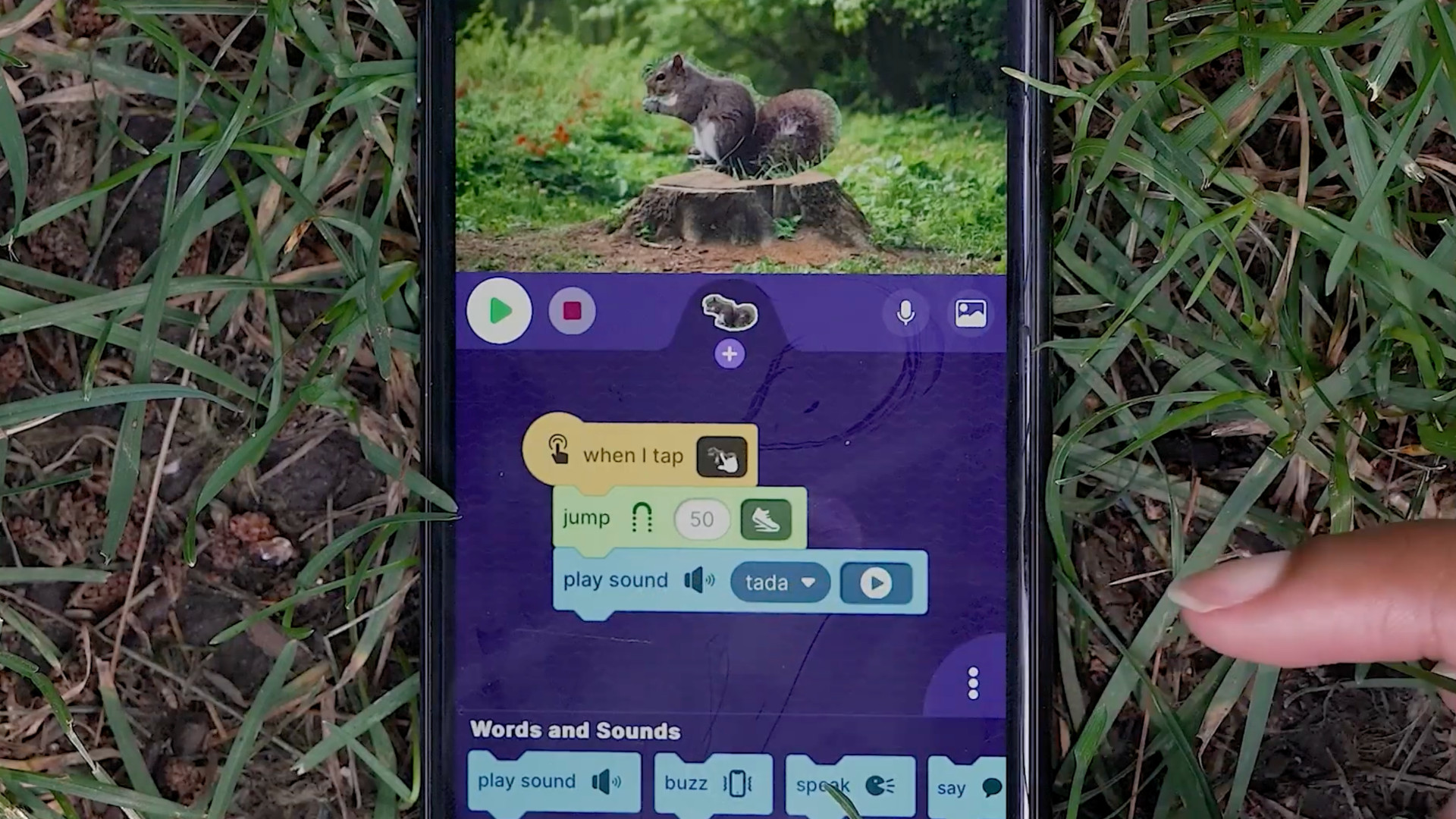Real or Fake? Factitious is a Breakthrough Tool for Assessing Student Online Literacy
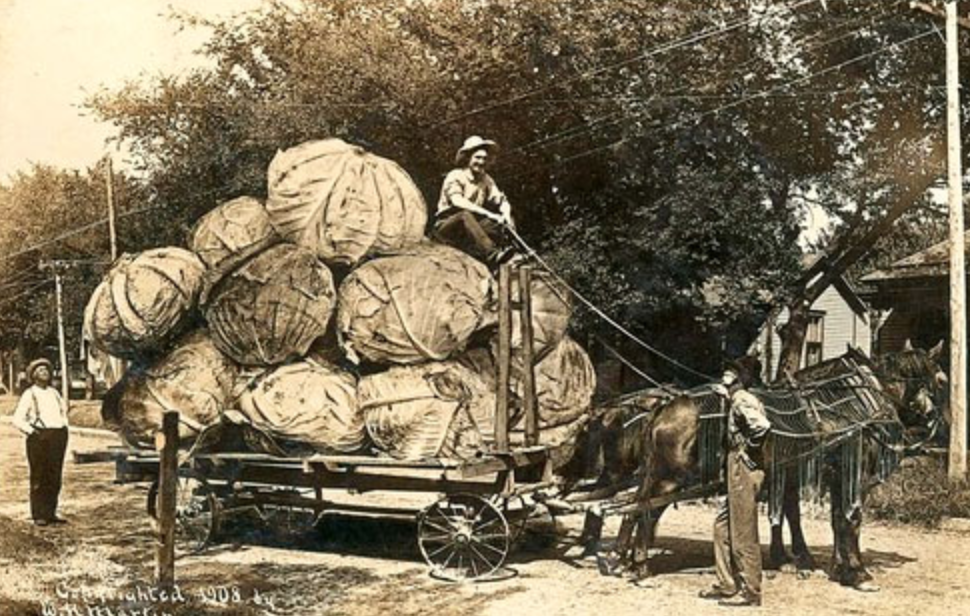
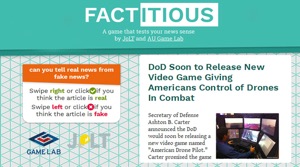
Real or fake?
Biased or unbiased?
Trustworthy or untrustworthy?
During a recent trip through different parts of Texas, I got the chance to lead several teacher conversations around these three questions. We worked together to share strategies and resources designed around creating knowledgeable, thinking, and active citizens.
With a specific goal of training our kids to be effective consumers of online information. So our conversation wasn’t just about fake news – it was also about online civic literacy.
We started with a series of images:

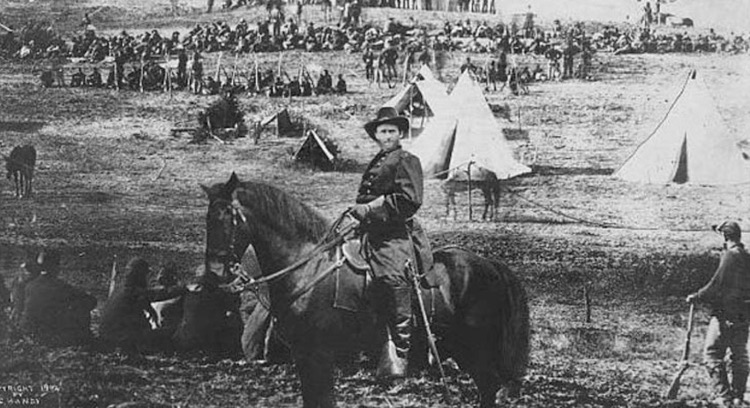

The images led to an important discussion about the irreplaceable role of journalism in a democracy:
Tech & Learning Newsletter
Tools and ideas to transform education. Sign up below.
The Founding Fathers . . . realized that a free and respected press would help hold government leaders accountable, publicize important issues, and educate citizens so they can make informed decisions. If the press is demeaned, those three things don’t happen.
Eric Palmer
We also spent a good bit of time exploring different tools our kids can use to determine their own bias, to see the difference between actual fake news and news with a biased spin, and to track down sources of information.
(Feel free to wonder over to a Wakelet with a list of those different tools.)
[Move Your Kids Past Simply Consuming Virtual Reality.]
We ended our conversation with a very handy little tool that is perfect for assessing the ability of students to recognize fake from real news.
At a time when the reading public daily grapples with the question of fake news, the American University Game Lab/JOLT has created an accessible, easy-to-play game that helps you sort fake news from real.
Titled Facitious, the tool is a quick online game designed by a team of game researchers at American University. Lindsay Grace, who oversaw the project:
"Factitious is a playful way of exploring the fake news conundrum. This game is a good way to remind players about what they know and don’t know about news. It brings a desperately needed dose of civility to online news."
Game play is simple. Students read shortened news stories and have to swipe right if they think the stories are real or left if they think stories are fake. After a student makes her choice, the game tells them if they were right or wrong. Students also have the option to see the source of the story, which can be a big hint.
The game encourages students to practice the skills we’ve given them and gives us a tool to measure those skills.
There are two versions of the game – a quick start version and the Full Start. The Quick Start version doesn’t save the student’s work while the Full Start allows kids to resume saved games.
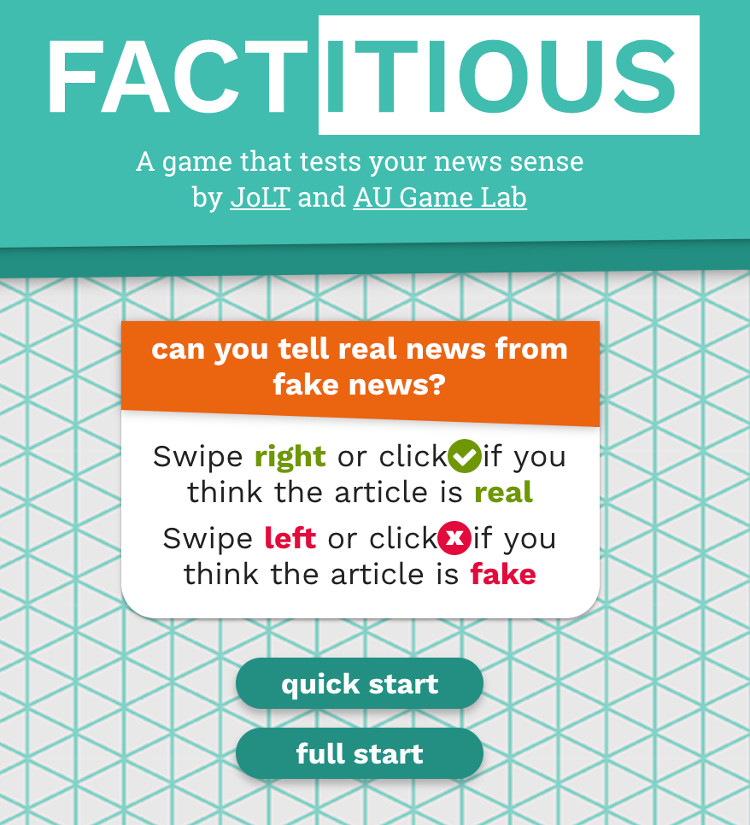

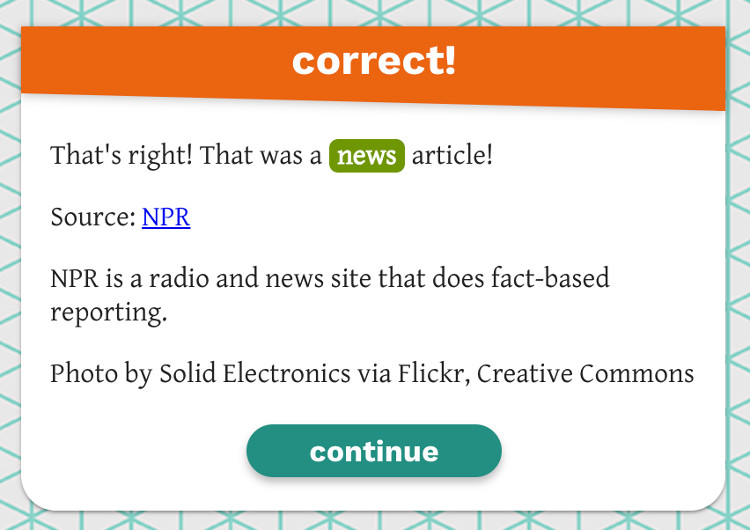
Future versions will include the ability for you to enter your own stories, personalizing the experience for your students.
cross posted at glennwiebe.org
Glenn Wiebe is an education and technology consultant with 15 years' experience teaching history and social studies. He is a curriculum consultant for ESSDACK, an educational service center in Hutchinson, Kansas, blogs frequently at History Tech and maintains Social Studies Central, a repository of resources targeted at K-12 educators. Visit
glennwiebe.org to learn more about his speaking and presentation on education technology, innovative instruction and social studies.
